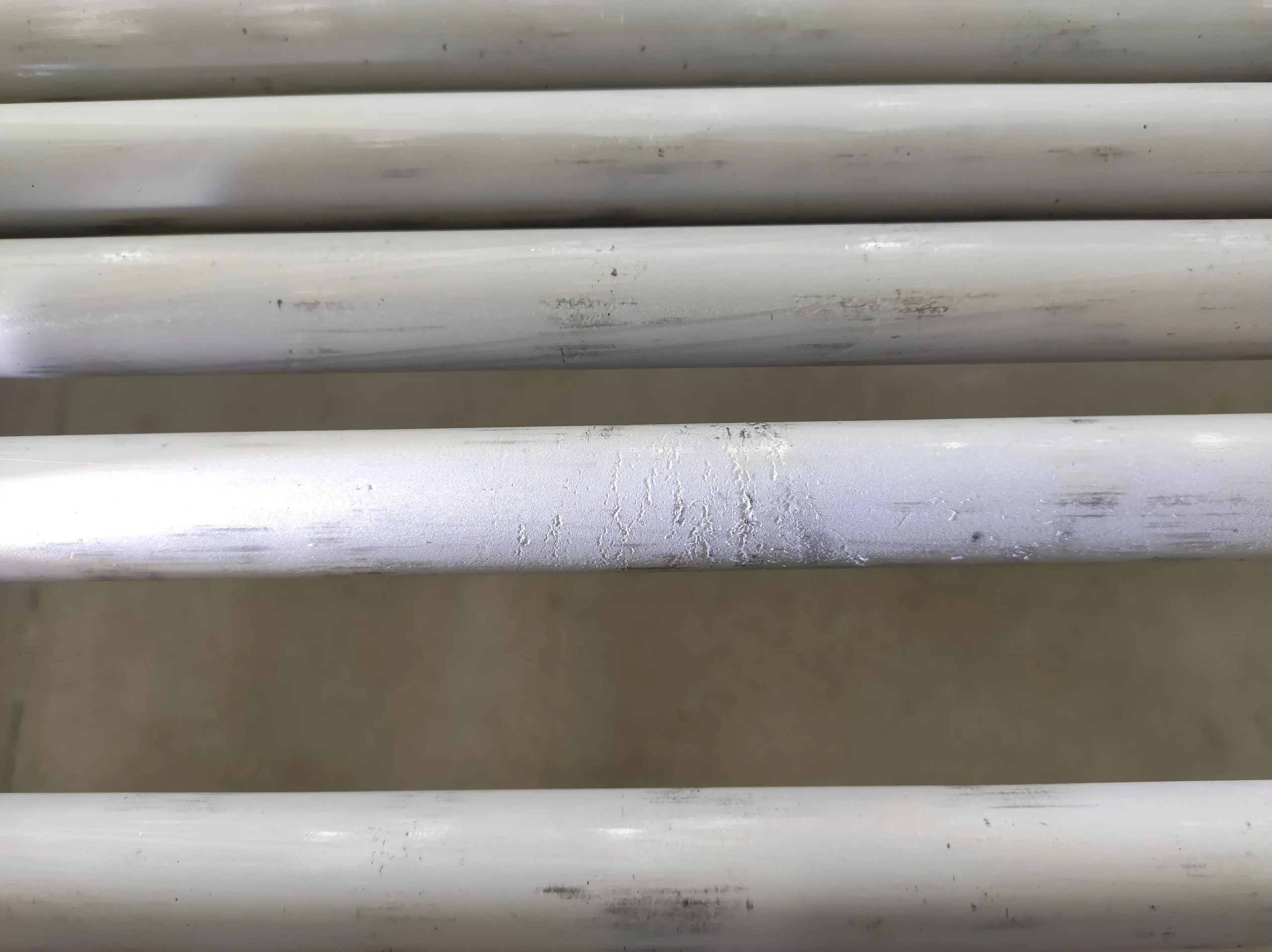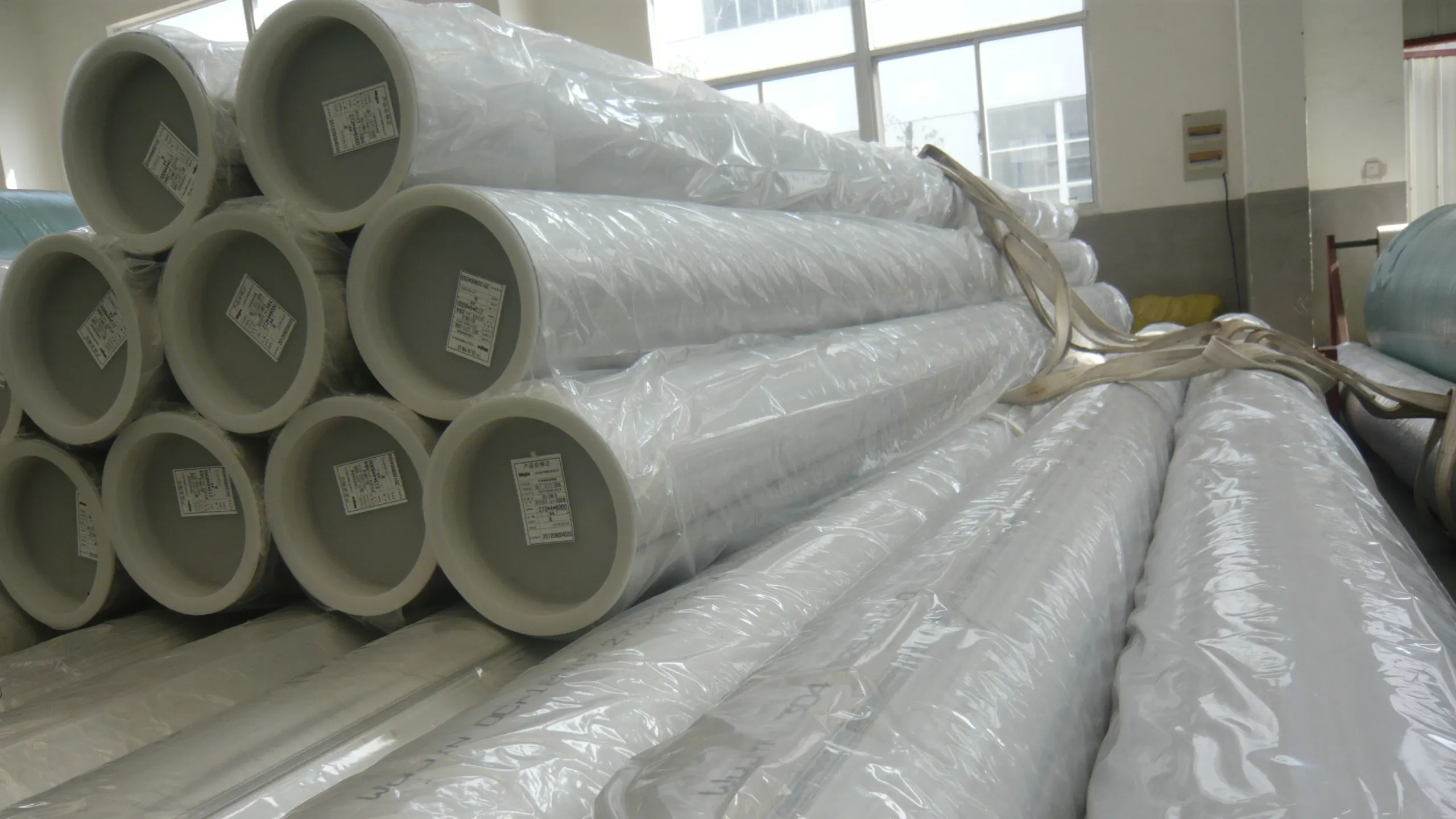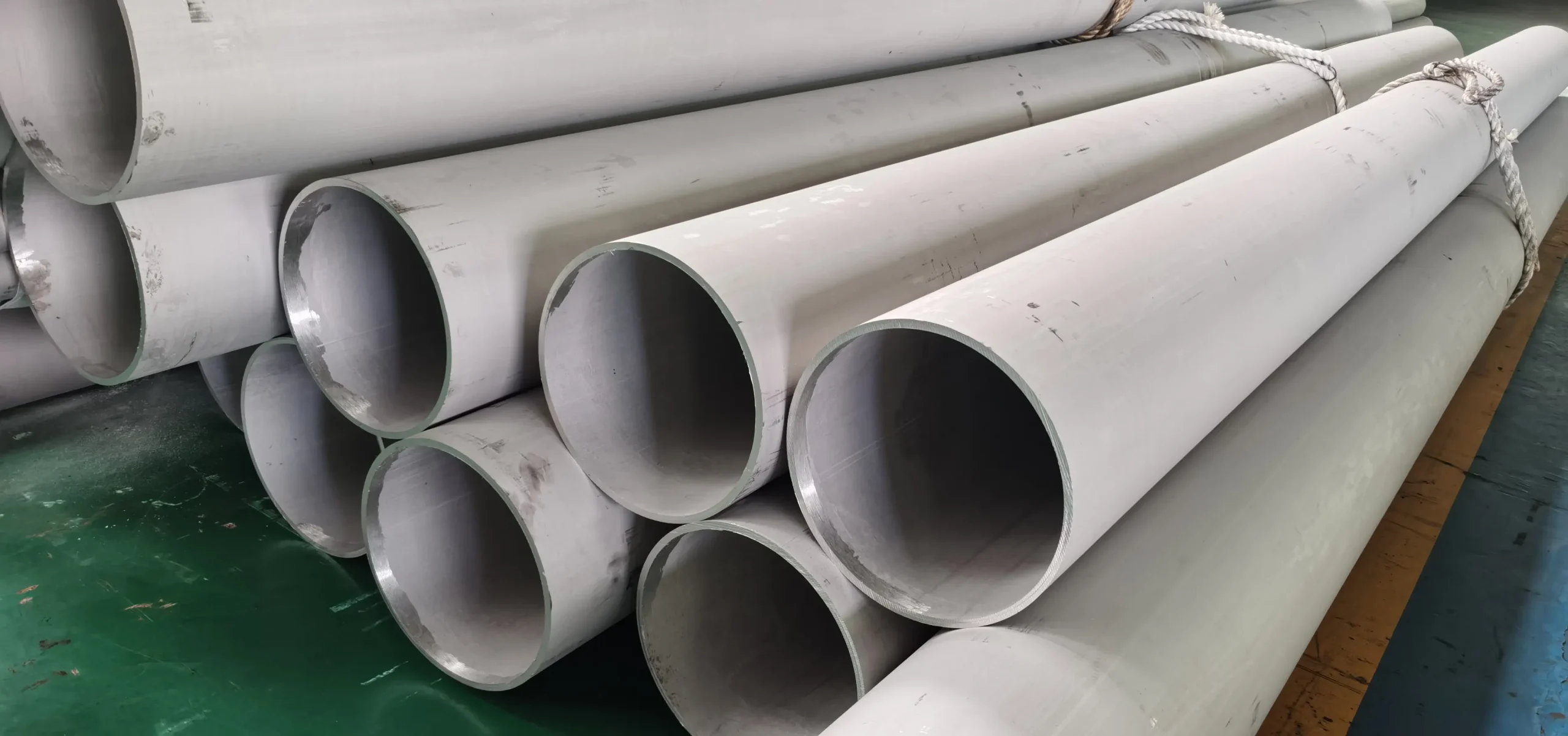Ambientes corrosivos para tubulações representam uma ameaça constante. Por exemplo, pode reduzir o desempenho dos materiais ou provocar vazamentos e falhas. Compreender os ambientes corrosivos é essencial para garantir que você saiba como manter seus tubulação de aço inoxidável e acessórios durável.
O que são ambientes corrosivos para tubulações? Ameaças constantes!
O ambiente corrosivo das tubulações descreve uma variedade de condições que podem levar a degradação do material. A corrosão é um processo natural que transforma os metais em formas mais estáveis. Ambientes diferentes afetam os metais de forma diferente. Compreender o meio corrosivo específico é fundamental, o que ajuda a selecionar o tubo e as conexões de aço inoxidável corretos.
Principais ambientes corrosivos para tubulações
O pH baixo acelera a corrosão, e os ácidos atacam os passivos revestimentos de proteção. 316 e os graus mais altos de aço inoxidável são resistentes a uma ampla gama de ácidos. Os ácidos concentrados representam um risco maior.
Temperaturas elevadas aceleram a taxa de corrosão. As altas temperaturas também sensibilizam o aço inoxidável, o que pode levar a corrosão intergranular. Por esse motivo, os aços inoxidáveis resistentes ao calor são preferidos sempre que possível.
Esses ambientes contêm altos níveis de oxigênio, que podem formar uma camada protetora de óxido no aço inoxidável. Entretanto, alguns ácidos oxidantes são altamente corrosivos. A seleção cuidadosa dos materiais continua sendo essencial.
Esses ambientes não têm oxigênio. Eles podem remover a camada passiva do aço inoxidável e tornar o metal quebradiço. São necessárias ligas específicas para ambientes fortemente redutores.
Agentes corrosivos e seus efeitos
| Agente Corrosivo | Exemplos típicos | Impacto em tubos/conexões de aço inoxidável |
|---|---|---|
| Cloretos | Água do mar, salmouras, soluções salinas | Pitting, Fenda, SCC |
| Ácido Sulfúrico | Processos industriais, baterias | Corrosão geral, intergranular |
| Ácido clorídrico | Limpeza química, decapagem | Corrosão geral muito agressiva |
| Altas temperaturas | Gases quentes, vapor, fluidos quentes | Oxidação, Sensibilização (IGC), Creep |
| Oxigênio | Água aerada, exposição ao ar | Pitting (se localizado), oxidação |
| Sulfetos | Gás H2S, petróleo bruto ácido | Sulfetação, rachaduras por estresse |
O que fazemos
Classes de aço inoxidável para ambientes corrosivos
| Grau de aço inoxidável | Principais recursos | Adequado para ambientes corrosivos? |
|---|---|---|
| 304/304L | Uso geral, boa soldagem | Ambientes amenos, muitos ácidos oxidantes |
| 316/316L | Molibdênio soldagem adicional e melhor | Cloretos, ácido sulfúrico (alguns), marinhos |
| 316Ti | 316 estabilizado com titânio | Soldas de alta temperatura, maior resistência ao IGC |
| Duplex (por exemplo, 2205) | Alta resistência, resistência à corrosão | Cloretos, gás ácido, pressão mais alta |
| Super Duplex (por exemplo, 2507) | Maior Cr/Mo/N, excelente PR | Cloretos severos, ácidos agressivos, offshore |
| Liga 20 | Alto teor de Ni/Cr/Mo/Cu | Ácido sulfúrico, ácidos mistos, resistência SCC |
| Hastelloy C22/C276 | Superligas de Ni-Cr-Mo | Ácidos extremos, oxidantes/redutores mistos, Cl2 úmido |
| Titânio | Excelente corrosão, leve | Água do mar, cloretos fortes, ácido nítrico |
Mitigando a corrosão em sistemas de tubulação
- Projeto correto: Evitar lacunas e pontos de água e garantir uma boa drenagem pode reduzir a corrosão localizada.
- Acabamento da superfície: As superfícies lisas e polidas são mais resistentes à corrosão e mais fáceis de limpar. Isso é essencial para aplicações higiênicas.
- Tratamento pós-soldagem: Limpe as soldas adequadamente. A passivação pode restaurar a camada protetora, o que pode evitar corrosão pós-soldagem.
- Revestimentos de proteção: Aplique revestimentos especializados. Esses revestimentos acrescentam uma barreira extra para reduzir a possibilidade de ataque químico.
- Proteção catódica: Uso de uma corrente elétrica. Isso protege o metal contra a corrosão. Comum em tubulações enterradas.
- Inspeções regulares: Implemente um programa de inspeção robusto para detectar a corrosão precocemente. Isso pode evitar falhas dispendiosas.
Talvez você também queira ler:
Impact of Internal Pipe Corrosion
Contate-nos
- RM901 No.22 Tangjiaqiao Road Wenzhou China
- +86 577 8551 1171
- [email protected]
- https://www.kaysuns.com/



